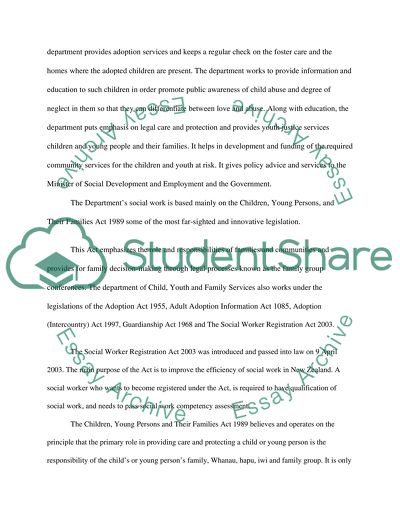Cite this document
(“Social policy approaches associated with need, risk and rights Essay”, n.d.)
Retrieved de https://studentshare.org/history/1390210-social-policy-approaches-associated-with-need-risk
Retrieved de https://studentshare.org/history/1390210-social-policy-approaches-associated-with-need-risk
(Social Policy Approaches Associated With Need, Risk and Rights Essay)
https://studentshare.org/history/1390210-social-policy-approaches-associated-with-need-risk.
https://studentshare.org/history/1390210-social-policy-approaches-associated-with-need-risk.
“Social Policy Approaches Associated With Need, Risk and Rights Essay”, n.d. https://studentshare.org/history/1390210-social-policy-approaches-associated-with-need-risk.


